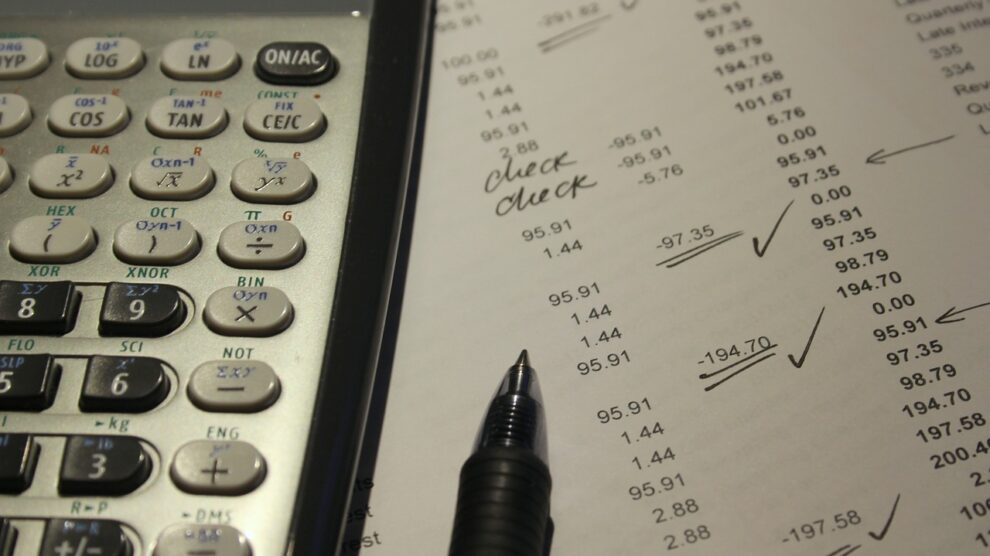Imagine how much a poor data security structure plagues an accounting firm. The wide access to sensitive financial information requires deep security architecture to maintain the client’s privacy and reduce data liability.
Simply put, every accounting firm needs to mitigate risks associated with their data security. In this article, we are going to discuss just that. Let’s see how accounting firms can improve their organizational and data security – 7 tips to follow.
Manage the Data Security of an Accounting Firm
More than 50 years ago, Fernando Corbató first started using a password for the data on his computer. This was the first time when the world started acknowledging the importance of digital passwords.
However, this achievement soon turned into a nightmare when a colleague of Fernando Corbató printed a list of passwords – that’s how computer or data breaches started.
We are still knee-deep in this pool of data breaches, where it is hard to judge the sophisticated methods of a hacker. This is why when we talk about financial accounting data that is stored digitally, security concerns automatically cloud our minds.
If you are also struggling with the same situation, here are the steps you can take to improve your accounting firm’s data security.
1. Clear Policies
The first requirement, which greatly impacts your accounting business, is the policies and regulations.
- Who creates these policies?
- Who modifies the security policies?
- How are security policies managed?
For instance, if you have four interconnected branches at different locations, one security provider should handle the security of every branch. When you have an internal team for this work, the team should be connected and the work of one team should reflect at every office.
When you have different agencies or vendors or teams for every branch, you are practically increasing the risk of data breaches. This is because you are leaving entry points in your security structure.
To overcome this situation, create a standard structure for security architecture, which singularly works for the organization. Further, create a checklist containing measures and benchmark these measures according to the preferred industry standards. For example, security training, regular audits, employee confidentiality standards, etc.
2. BYOD Policy
With the emergence of smart devices, almost every organization is now allowing employees to ‘Bring Their Own Device’; the accounting industry is not distinct in this case. The benefits associated with BYOD extends access to data and increases ease of working.
However, similar to other technical implementations, BYOD also comes with a drawback. When you allow your employees to use their own devices, security loopholes follow. It is not uncommon for office employees to unknowingly give unauthorized access to sensitive company data.
For this reason, having a BYOD or MDM (Mobile Device Management) policy is imperative.
Here’s what you can do:
- Create a BYOD (Sub Policy: MDM) to define specific cases where employees are allowed to utilize their own devices. Attach a copy of risks, which arise in front of the organization, when the BYOD policy is not followed.
- Utilize an MDM management solution to ensure that every device of a new employee and new devices of old employees are registered on a timely basis.
- Provide a secure VPN to your employees for safe access from anywhere. This is especially necessary when your team is operating from different locations.
3. Data Encryption
Encryption creates an unreadable code from your data files, which can’t be decrypted unless the hacker or receiver has a key on their local hardware. Hence, even when a hacker reaches your system, they won’t be able to decipher data remotely.
Many software and accounting tools have an in-built encryption capability, so half of your work is already achieved.
Other than this, if you are storing files locally on your computer, you can encrypt your disk drive for improved security. Fortunately, there are multiple software tools even for encrypting your computer data and disk drive. Utilize these for effective encryption.
4. Multi-Factor Authentication
Create a structure for multi-factor authentication. If you have multiple operating systems, computers, websites, and data access points, multi-factor authentication can improve your security.
To achieve this, create multiple levels of authentication to allow users to justify their access at every point. For instance, asking for the password and then an OTP. This secures the access.
Important Note: It is extremely common for users to have similar passwords for multiple accounts. Now, this where you can fail your multi-factor authentication. If the password to your computer and server account is the same, what’s the point of multi-factor authentication? If the hacker gets hold of one password, it is easy to traverse your data.
5. Smart Data Management
One of the easiest ways to improve your security is smartly managing your data. This can be achieved in two ways:
- Regularly auditing your data and updating the old data as well as removing data that you no longer require.
- Not collecting data, which is not important for your functioning. For example, credit card details. These details may not help you achieve any task but it is an invitation to a hacker.
6. Data and Security Assessments
Assign an audit team to regularly assess and audit your security structure. Similar to your financial audits, data security assessments and audits can help you remove loopholes, improve work processes, and reduce vulnerabilities in the system.
When you achieve this on a regular basis, the chances of an attack reduce. In fact, the chances of data leaks and data mistakes are also eliminated to a great extent.
7. Data Backup
Data backups are important and we can’t stress this fact enough. Even with every security measure that we have discussed so far, your data is still vulnerable. In fact, as you are reading this, a hacker may be planning an attack right now.
How do you get out of this situation?
Always be prepared for the worse. Take backups of your data and not on the same server. If your data is breached, your backup will also go to waste. For instance, in case of a ransomware attack.
Get a recovery solution to backup your data regularly such as backup-as-a-service where there are automatic backups.
Conclusion
Every accounting firm utilizes up-to-date technology to process and update financial data. However, there is often no procedure to secure and safeguard this huge amount of data, which puts your reputation, money, and goodwill at stake. Utilize the above methods to ensure data security and reduce the chances of data breaches in your accounting firm.





